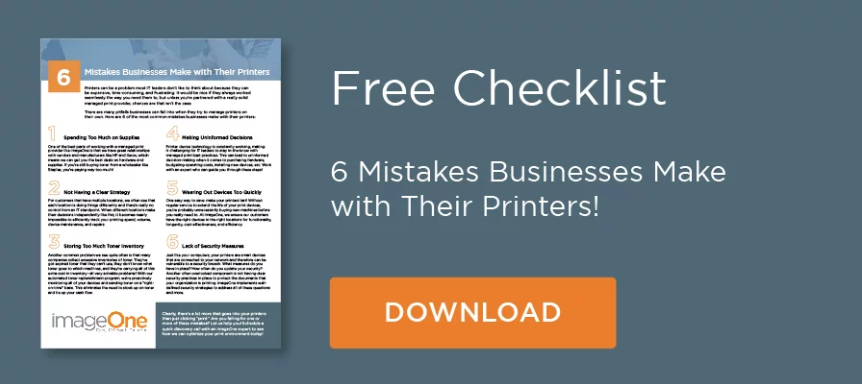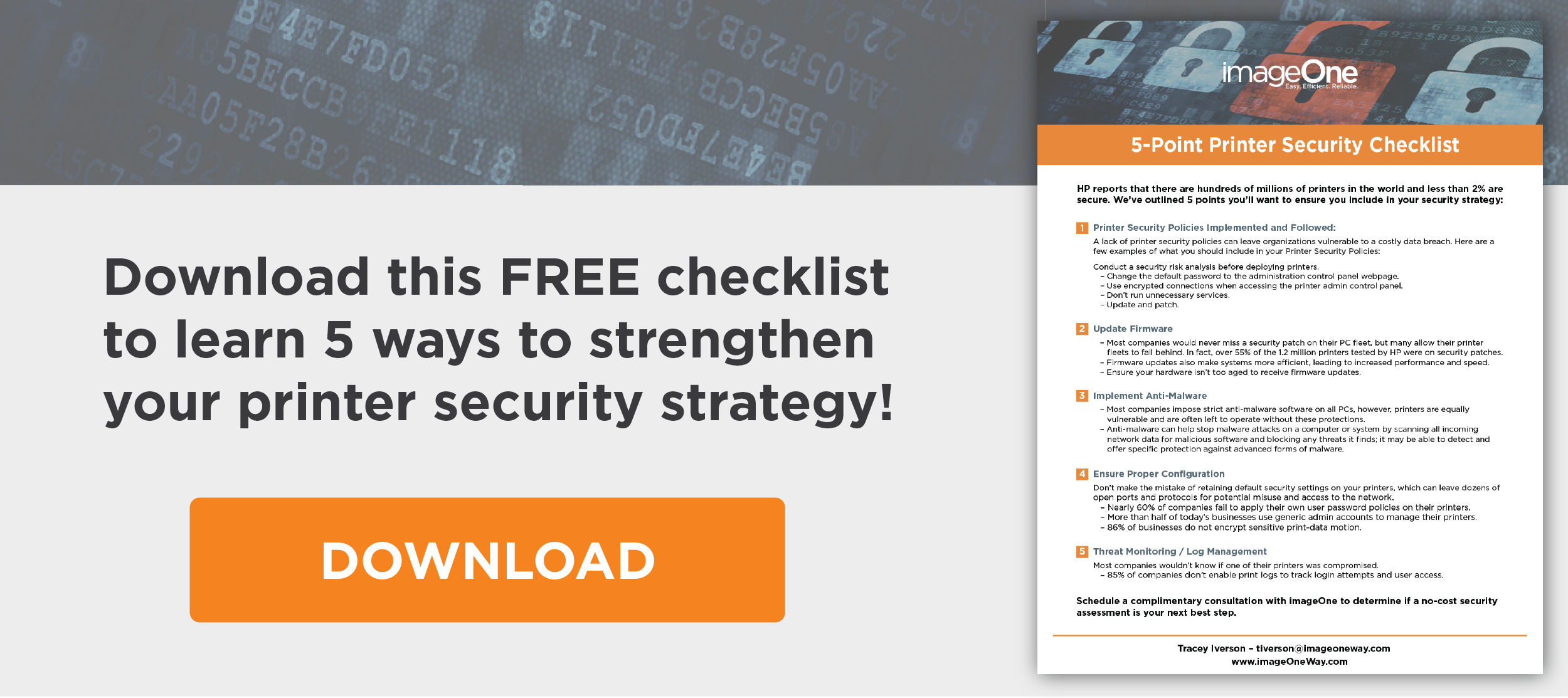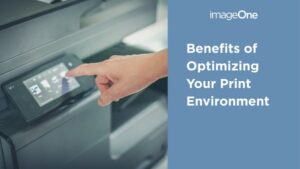Rising costs in the print world are always a concern for both large and small businesses. Thankfully, there are many opportunities to reduce those costs at the workplace. You just need to know where. One of the easiest places to cut costs is by purchasing HP refurbished products rather than brand new items.
First, let’s start with an introduction to what the differences and similarities between refurbished HP products vs. OEM products actually are.
What Are Refurbished HP Products?
Refurbished products have been used prior to your purchase but have since been repaired or restored to be fully functional again. No matter the origin of the refurbished items they are designed to meet the satisfactory testing condition of the selling party (in this case HP) to be used for the product’s original purpose.
Many refurbished items had been previously used as displays or demonstrations. They could also be new items that were returned for countless reasons or left-over equipment from organizations that no longer needed them.
They may also be referred to as reconditioned, repaired, re-certified, or remanufactured with the particular title referencing the product’s history or how it was restored back to working order.
In contrast to refurbs are an original equipment manufacturer or OEM products. This means that they’re new and ordered directly from the brand owners. So, if you see an item sold as an OEM, they are effectively saying that this is not a refurb. It’s brand new, and it was purchased directly from HP.
At HP, refurbished products can be toner, ink, scanners, copiers, multifunction devices, and printers. They can also be the individual parts that make up the devices like printer trays, fusers, formatters, device memory storage, power supplies, etc.
To locate the right refurbished item for you, just look for the product number. This number rarely changes and can be easily found on the box, on the product, or in a description. It will also be clearly labeled as refurbished.
Or, the most surefire way to identify is to ask your HP Supplier directly. They can tell you quickly whether they have a refurbished version of what you’re searching for on-hand. If not, they can guide you in where to find one.
Now, let’s talk about the benefits of buying previously used print products!
Cost Savings for HP Refurbished vs. OEM
The primary benefit of refurbs is the ability to purchase the product at a lower cost.
Example: A HP Fuser Refurb vs. an HP OEM Fuser
I asked a parts supplier for the HP M630 refurb fuser (B3M77-67903) and I learned that it was currently available at a price point of $46.68.
Then I requested the HP OEM version of that same part and the supplier provided a price point of $239.92!
Those are HUGE print cost savings! In this case, that the refurb is priced at 1/5 of an original supplier version. Now you probably see why it’s so important to consider looking for a refurbished version of what you want to purchase.
But how can such huge savings be possible?
- HP products can sometimes be returned to their supplier at the end of their life. If they’re in decent enough shape, they can then be reconditioned and then resold again. This keeps the inventory of parts readily available and costs to produce minimal. Sometimes, the company even gets a little credit back in return for more savings!
- By reconditioning popular consumable printer products (meaning it has an expected life expectancy and must be replaced at regular intervals), HP can better regulate a certain degree of future demand.
- Costs are not associated with product brand ownership.
- The costs and labor needed to recondition a product back to working condition are typically very minimal—usually much less than manufacturing a new product from scratch. Some components can even be fully remedied with the supplier.
All the above information goes to show that HP Refurbs are a fantastic choice when looking to cut some costs, but these aren’t the only advantages. Let’s go over some other great benefits!
Eco-Friendliness for HP Refurbished vs. OEM
Did you know that refurbs both save money and help create more green, environmentally-friendly workplaces? Who wouldn’t want to go refurb!?
Refurbished products are a great way for an HP product to get another opportunity at life while minimizing trash at the landfill. And the more we can refurbish parts, the fewer new parts ultimately have to be created and eventually discarded. In all, it’s an easy opportunity to recycle and re-use perfectly good pieces.
Availability for HP Refurbished vs. OEM
Refurbishing keeps the support for older products alive much longer. You can find refurb parts, printers, and toner/ink for products long after the original manufacturer stops physically making them.
As an example, imagine needing an AC adapter to power your HP Laptop, but the manufacturer no longer produces it. By having a refurb option still available in the marketplace, you can save yourself from having to buy a new laptop. This isn’t always ideal for a manufacturer but great for the consumer!
Certification for HP Refurbished vs. OEM
Every HP refurbished product is tested and certified by technicians so that the product received is fully functional and in the best of conditions. Just think—brand new products can also sometimes have flaws or oversights that can cause issues. With that extra eye on refurbished products, they be might an even safer bet.
Warranties for HP Refurbished vs. OEM
Though there are some exceptions, most refurbs come with warranties. These warranties show that the company is confident that the product will meet or exceed all expectations of the original manufacturer.
Hopefully, all of the above can give you the knowledge and peace of mind to consider looking at a refurbished printer product for your next purchase. Want to learn more about refurbished vs. OEM parts or other insights about print management, fantastic printer products, supplies, and tools? Our printer experts at imageOne can’t wait to help!
In a short, no-obligation phone call, they can also discuss potential strategies, tools, and workflows that’ll boost productivity and save your business money!






